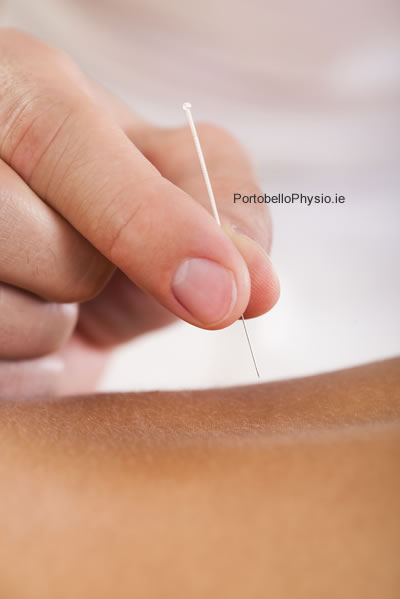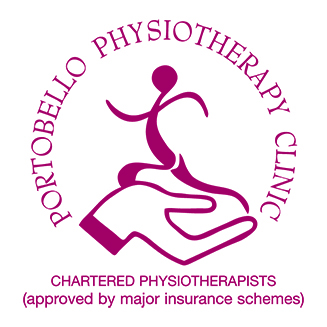Chartered Physiotherapists
Specialists in Musculoskeletal Physiotherapy
Dry Needling

Dry needling is a method of releasing myofascial trigger points (MTrP) that develop within a muscle. A MTrP is a tight band of muscle fibers that sits within the muscle and is commonly referred to as a “knot” in a muscle. These MTrP’s can cause pain locally in the muscle. Sometimes they can also refer pain to other more distal parts of the body i.e. down the leg or arm. MTrP’s also inhibit normal muscle function as they increase the normal resting tension of the muscle unit. This may increase the risk of further injury to that muscle or to joints around it. It is theorised that the Pain-Spasm-Pain cycle is a leading contributor to the development of MTrPs.
There are several methods to deactivate these MTrP’s and one of the most successful techniques is to use dry needling. This technique utilises very thin needles (acupuncture needles) that are inserted directly into the MTrP. Evidence has shown that by inserting the needle into the MTrP the body reacts by causing biomechanical and biochemical changes within the muscle and causes a local twitch response in the muscle. The twitch response is a normal spinal reflex and is essential in breaking the pain-spasm-pain cycle. This allows the MTrP to deactivate/release and as a result muscle tension is reduced and the pain diminishes. This allows normal function of the muscle to return.
Dry needling is not the same as Acupuncture. Although both use the same materials (needles) the techniques are very different. Acupuncture uses specific points along a Meridian (line of energy) to restore the flow of energy. Dry Needling specifically targets the local MTrPs that rest within the muscle, which differ from Acupuncture points.
Dry Needling is not a painful treatment. You may feel a small scratch as the needle is inserted and it is usually pain free when the needle is removed. When the MTrP is needled and the twitch response is elicited there will be a feeling of cramping/electric shock. This is normal and the response that is required to make the treatment technique successful. There are very little side effects to dry needling however there may be some post treatment discomfort in the area that has been needled. Your physiotherapist will advise you to use ice/heat to alleviate the discomfort and to modify your activities post treatment to allow the area to settle.
Dry needling is a recognised treatment that is carried out by a Chartered Physiotherapist who has had specific training in this area. The needles used are manufactured to the same standards as a surgical scalpel and syringe. They are only used once and are discarded for safe disposal after each treatment session.
Ready to take the next step?
Learn more about our Patient-Centered Approach to Care or schedule a new patient consultation.


